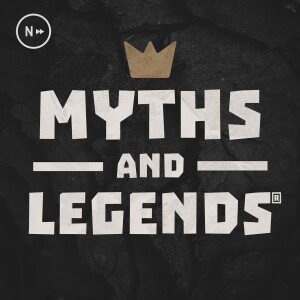

WILLIAM T. VOLLMANN reads from his new novel THE DYING GRASS
The Dying Grass (Viking)
Over the last twenty-five years, National Book Award winner William T. Vollmann has been working on what is arguably one of the most ambitious literary projects currently being undertaken by any living novelist – a seven volume sequence of novels called “Seven Dreams” that examine the repeated collisions between native Americans and European colonizers. This summer, Viking will publish the long-awaited new installment in this acclaimed series, The Dying Grass, which tells the story of the epic fighting retreat of the Nez Perce Indians in 1877.
Defrauded and intimidated at every turn, the Nez Perces, whom Lewis and Clark liked best of all the Indians they met, and who were proud that under all provocations they had never killed any white people, finally went on the warpath. The battles they fought (there were eighteen engagements, including four major battles and four fiercely contested skirmishes) and their long (nearly 1200 miles) retreat from Oregon across Montana to the Canadian border before they finally surrendered, have been taught at West Point and poeticized by Robert Penn Warren. Vollmann’s main character, however, is not Chief Joseph, whom the press dubbed “The Red Napoleon,” but his pursuer, General Oliver Otis Howard, the brave, shy, tormented, devoutly Christian Civil War veteran. In this novel, we see him as commander, father, son, husband, friend and killer, in an ever altering myriad of relations with soldiers, scouts, and “hostiles.”
The Dying Grass teems with many other vivid characters on both sides of the conflict, including Chief Joseph’s twelve-year-old daughter Sound of Running Feet, his two wives Springtime and Good Woman, the shell-shocked Colonel David Perry, who lost the war’s first battle (and his best friend), the Nez Perce war chief Looking-Glass, who trusted that treaties with the Americans would save him, the Three Red Blankets, who seem invulnerable against the Army, and Howard’s personally loyal but increasingly anti-war aide-de-camp, C.E.S. Wood.
In The Dying Grass, Vollmann brings a new chapter of North American history to life with stylistic daring, sardonic wit, rich imagination, and uncompromising intelligence.
Praise for The Dying Grass
“Peerless… an epic study of the Nez Percé War of 1877…Vollmann restores that history with an onrushing immediacy that takes on all the contours of a good Greek tragedy, complete with hubris born of supposed military superiority and an avenging angel taking wings in the form of the flight of an arrow… Vollmann's vivid reconstruction is believable and achingly beautiful, as often rendered in a kind of poetry as in ordinary prose: ‘he spies out the dark-tipped wings of the otherwise white snow goose, / the black beak and white breast of the long-billed curlew / but no brothers or enemies.’ Telegraphic and episodic—so much so that it recalls the later work of Eduardo Galeano—Vollmann's saga is a note-perfect incantation. Stunning.”—Kirkus Reviews
William T. Vollmann has written nine novels, four collections of stories, six works of nonfiction, and a memoir. He has won the National Book Award for Europe Central, the PEN Center USA West Award for Fiction, and the Strauss Living Award from the American Academy of Arts and Letters. He lives in California.
More Episodes
All Episodes>>Creat Yourt Podcast In Minutes
- Full-featured podcast site
- Unlimited storage and bandwidth
- Comprehensive podcast stats
- Distribute to Apple Podcasts, Spotify, and more
- Make money with your podcast














